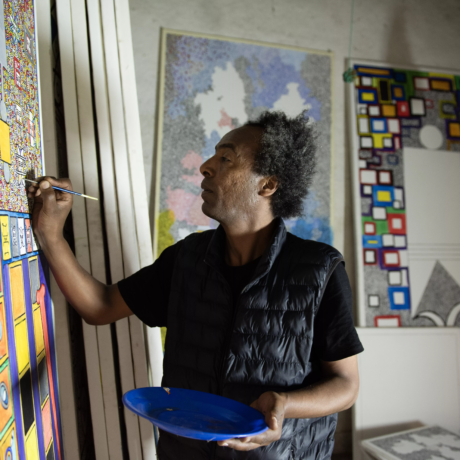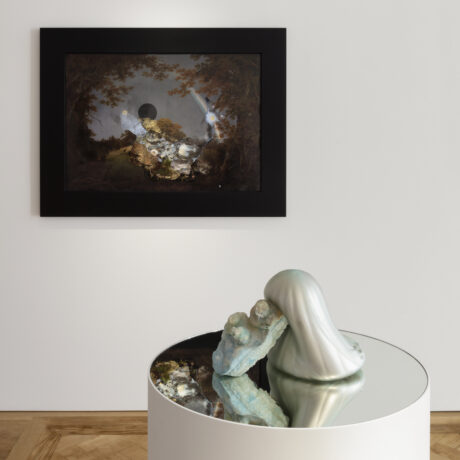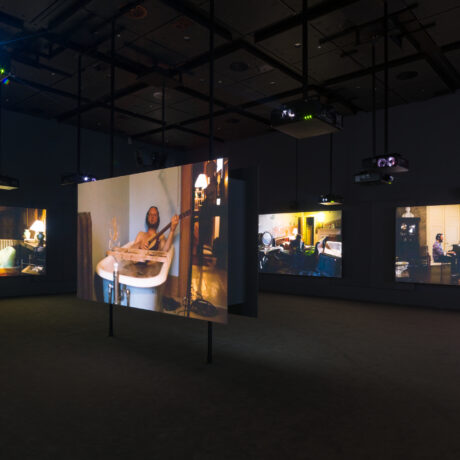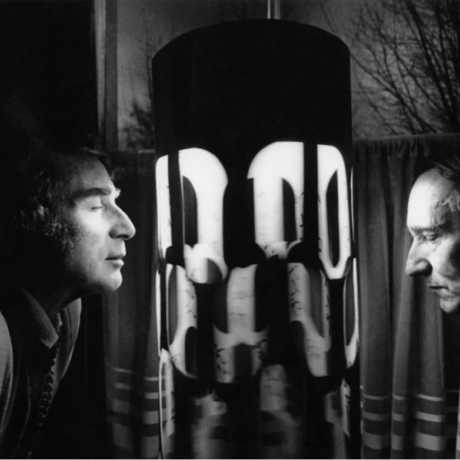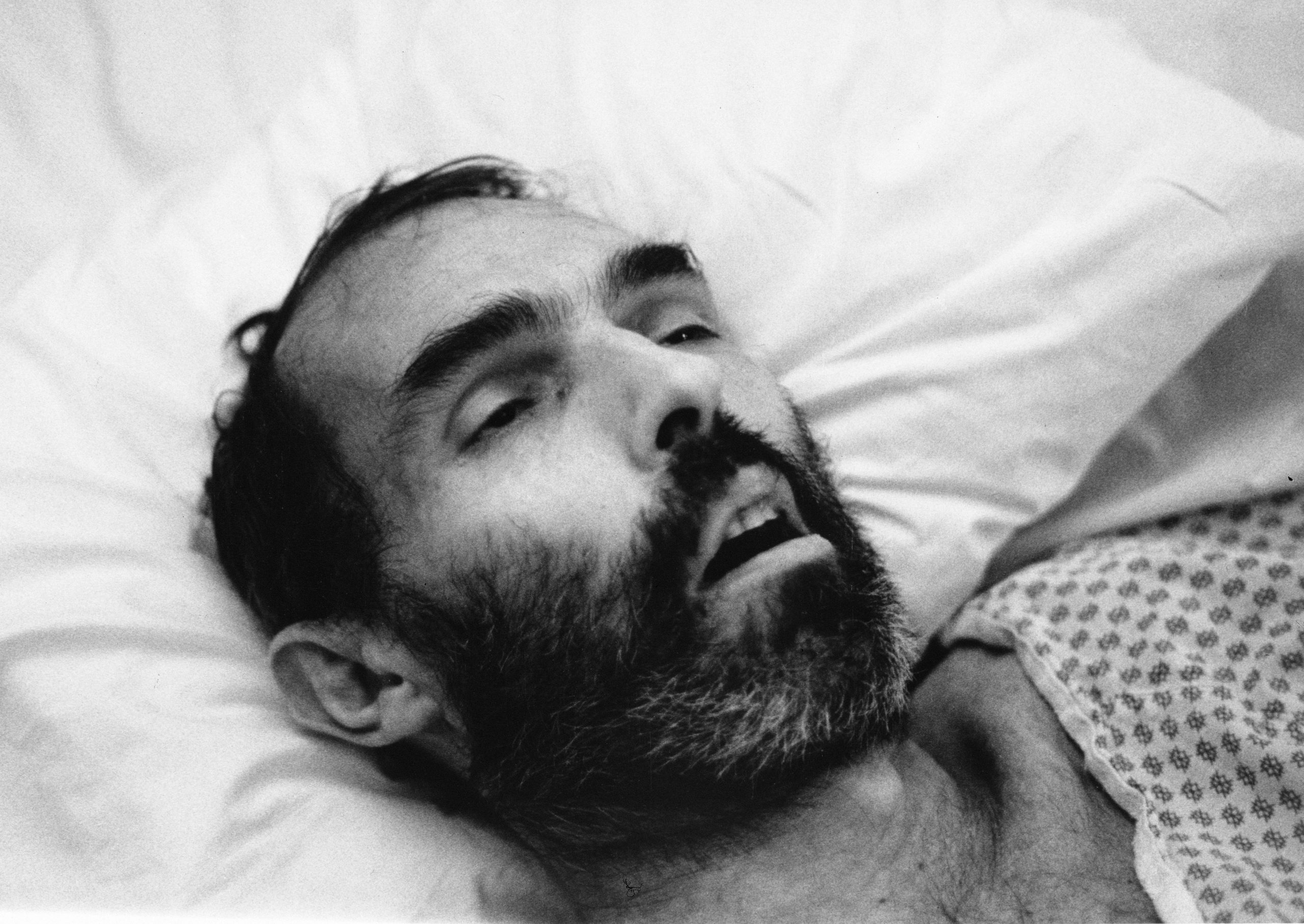
This Artwork Changed My Life is a fortnightly series of personal essays that share the stories of life-changing encounters with art.
I’m writing this exactly a year on from the first national lockdown in the UK. At this point, 126,000 people have now died in this country from Covid, and there have been 2.73 million deaths worldwide. My memories of the last year are far from unique: doom scrolling; talking about the virus; spending more hours glued to the news per day than I ever have. As the death toll increased in those early weeks, I visualised them spatially. I pictured first a football stadium full of people, Wembley Stadium, and then a whole music festival wiped out by the virus. This might sound morbid, but I saw it as an act of giving space.
My mother died in 2017 and so I know the weight that death carries. I know that it is never just one life that is lost, it is dozens that are irrevocably changed. The shockwaves from a death, even an anticipated one, can reverberate for years and sever the threads that hold us together. For every life lost from Covid, there is a background hum of countless more lives now shaped by loss. As news of the scale of the pandemic emerged, I actively tried to think beyond the numbers, to remember the horror of what was happening rather than let it wash over me. I’m not advocating for this, it is an approach that will surely take a toll on your mental health. But there is no denying that we are a world collectively grieving.
David Wojnarowicz’s images of the artist Peter Hujar, his friend and former lover, at the moment of his death from AIDS-related causes in 1987, encapsulate what it is to witness a death from an illness. The photographs of Hujar’s face, hands and feet perfectly absorb the stillness after suffering, the strange sense of trying to capture something familiar in a body that a person has already left. I first saw these photographs five months after my mother’s death from cancer, and the images shocked me in a way that art never had before.
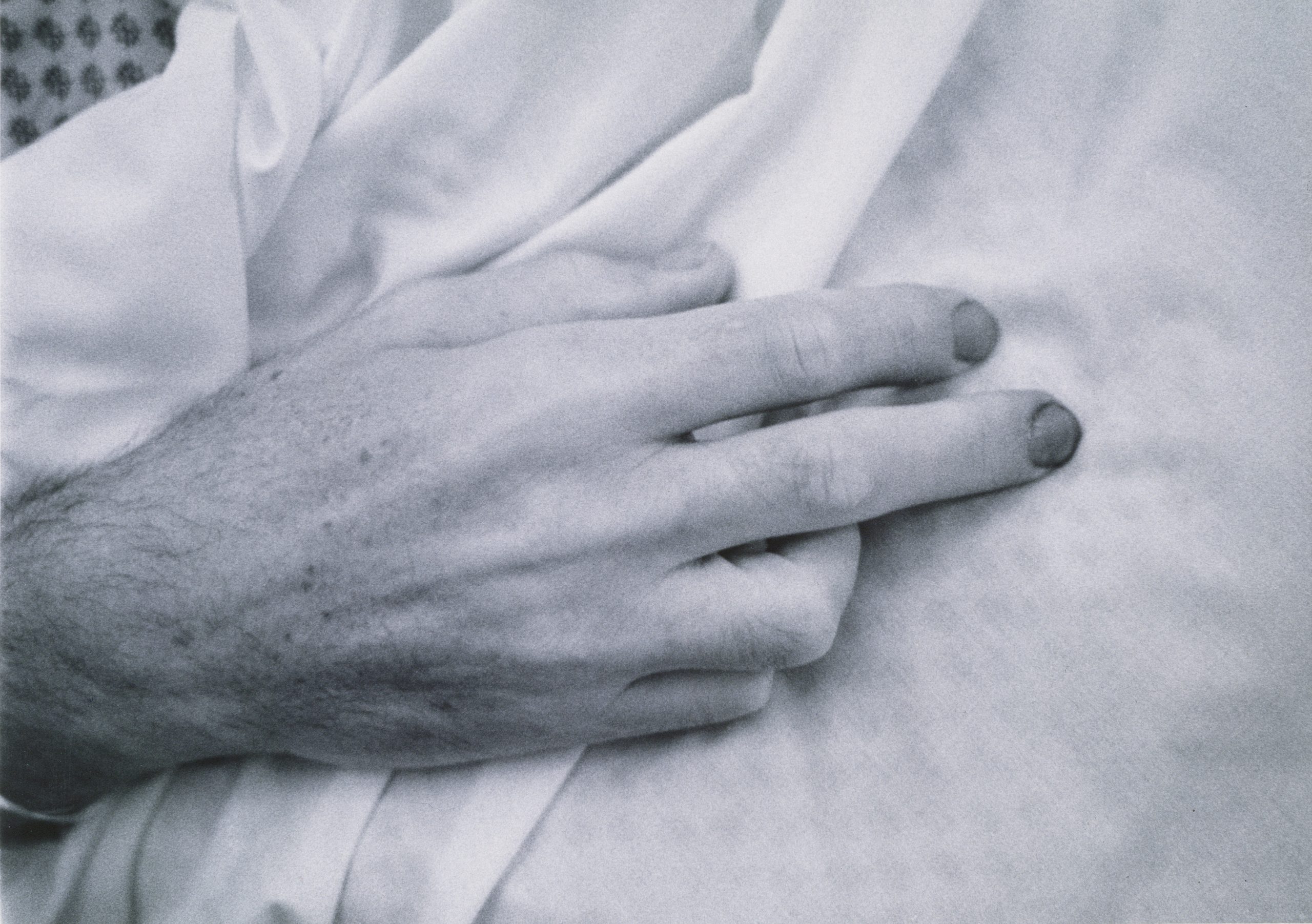
Hujar’s mouth gapes, imprinted with his last breath, eyes unseeing. He looks as though he might be about to grasp his sheet but we know he is still, nails darkening as his blood stops circulating his body. I traced my mother’s death onto Hujar’s face: seeing her projected there, I realised that there is a uniformity in death. It is our aliveness that differentiates us. When you see a body through death’s filter, you can barely find the person you are looking for. There is tenderness in Wojnarowicz’s close-ups of Hujar’s hands, preserved in their careful documentation. Sometimes when I find myself testing my memory of my mother’s features, I think of her hands: her long piano fingers, the deep bed of her nails, a slight dent in her thumbnail that is mirrored in my own. I am relieved that those details aren’t lost to me.
“The photographs of Hujar’s face, hands and feet perfectly absorb the stillness after suffering”
In Wojnarowicz’s Close to the Knives: A Memoir of Disintegration he describes the experience of witnessing Hujar’s death, writing how his first instinct was to grab his Super 8 camera and record “his open eye, his open mouth, that beautiful hand with the hint of gauze at the wrist that held the IV needle, the colour of his hand like marble, the full sense of the flesh of it.” He writes of the impossibility of trying to capture the light he had seen in Hujar’s eyes, all gone now. And then of how a nun rushed in “babbling about how he’d accepted the church” and Wojnarowicz’s own sense of frustration at this: the church was of no use to Hujar now. Finally, his tears come.
In this passage Wojnarowicz talks about the “essence of death”. It is something that we encounter rarely, but it fills a room. A stillness like no other, a sense of peace. There is a privilege to being beside the body in which a person has lived and has now departed. My mother died at home and I remember feeling pulled towards her body, needing to return to it again and again, to talk to her, to verify that what I had been dreading had actually happened. I needed to see her to remember that I wasn’t afraid. It gave me closure and peace to accompany her in that way, although it was many months before the memory of her life overwhelmed the memory of her death.
“This photograph mapped the trajectory of my grief. It came to me in dreams…”
This photograph by Wojnarowicz mapped the trajectory of my grief. It came to me in dreams, my subconscious swam in murky water between Hujar’s face and my mother’s. The artist’s transformation of this experience, so vitally human, feels pivotal. We live in a society that turns away from death, that doesn’t know what to say about it. So many push images of the dead to the back of their minds for fear of confronting their own mortality. These photographs demand engagement. In my grief, I channeled my energy into a fixation on Wojnarowicz’s work. I looked at every piece I could find, read everything he’d written, watched documentaries about him, read biographies, and travelled to New York to explore his archive at NYU.

I was finally able to encounter these images of Hujar in 2008 in New York at the Whitney Museum retrospective, David Wojnarowicz: History Keeps Me Awake at Night. I observed visitors’ interactions with the photographs: some turned away and some stood and looked, the flicker of something lost darkening their eyes. The work bears witness not only to death, but specifically an AIDS-related death. The sanctity of those lost to the virus was denied by homophobic attitudes, which were significantly perpetuated by the US government during the early years of the crisis. Wojnarowicz’s work propelled me to begin my own research into the work and activism of a generation of artists living through the AIDS crisis in New York.
“In acknowledging the essence of death, he makes space for grief… not only his own but that of anyone who has experienced loss”
Through his documentation of such a private scene, Wojnarowicz laid the intimate grief of the crisis bare, exposing its brutality. My grief and my research became intertwined and I found comfort in this community of activists who protested these unnecessary deaths years before I was born. The distinction between a death from cancer and a death from AIDS is such that it allowed me to immerse myself in my research without re-traumatising myself, yet there are similarities: both are frequently long and painful illnesses, ruthless in their respective invasions of the body and wearing of it down, and both are diseases that have historically carried a weight of stigma. In acknowledging the essence of death, Wojnarowicz makes space for grief. It is a grief that is not only his own but that of anyone who has experienced loss. The photographs are confronting and visceral but so is death. Within this image is preserved a special space, one that we will all encounter.
